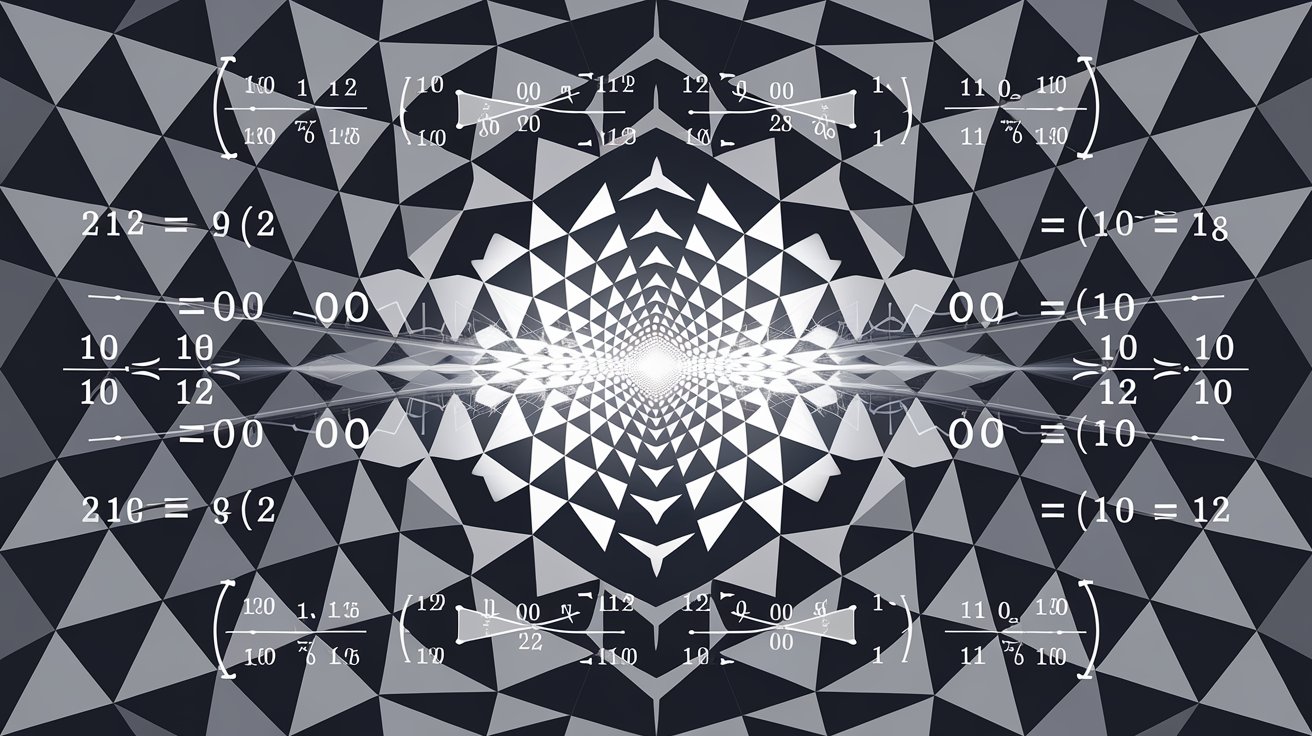
What are Fresnel Equations? Fresnel Equations describe how light behaves when it hits a boundary between two different mediums. These equations help us understand how much light gets reflected and how much passes through. Why are they important? They are crucial in optics, helping us design lenses, glasses, and even fiber optics. Who discovered them? Augustin-Jean Fresnel, a French engineer and physicist, formulated these equations in the early 19th century. Where are they used? From everyday sunglasses to advanced scientific instruments, Fresnel Equations play a vital role. How do they work? They use angles and indices of refraction to calculate light behavior. Ready to dive deeper? Let's explore 13 fascinating facts about Fresnel Equations!
What Are Fresnel Equations?
Fresnel equations describe how light behaves when it hits a boundary between two different media. These equations are essential in optics, explaining reflection and refraction.
-
Named After Augustin-Jean Fresnel: The equations are named after the French engineer and physicist Augustin-Jean Fresnel, who made significant contributions to the field of wave optics.
-
Derived from Maxwell's Equations: Fresnel equations are derived from Maxwell's equations, which govern electromagnetic waves. They provide a way to calculate the reflection and transmission coefficients of light.
Reflection and Refraction
When light encounters a boundary, part of it reflects back, and part of it refracts into the new medium. Fresnel equations help predict these behaviors.
-
Reflection Coefficient: The reflection coefficient measures the fraction of light that reflects off the surface. It depends on the angle of incidence and the refractive indices of the two media.
-
Refraction Coefficient: The refraction coefficient measures the fraction of light that passes into the new medium. Like the reflection coefficient, it depends on the angle of incidence and the refractive indices.
Polarization Effects
Light can be polarized, meaning its electric field oscillates in a particular direction. Fresnel equations account for this polarization.
-
Parallel Polarization: When light is polarized parallel to the plane of incidence, the reflection and refraction behaviors differ from unpolarized light. Fresnel equations provide specific formulas for this case.
-
Perpendicular Polarization: For light polarized perpendicular to the plane of incidence, the equations change again. This polarization affects the reflection and refraction differently than parallel polarization.
Brewster's Angle
Brewster's angle is a special angle of incidence where light with a particular polarization does not reflect at all.
-
No Reflection at Brewster's Angle: At Brewster's angle, light polarized parallel to the plane of incidence will not reflect. This phenomenon is used in polarizing filters.
-
Calculating Brewster's Angle: Brewster's angle can be calculated using the refractive indices of the two media. It is given by the formula: tan(θ_B) = n2/n1, where θ_B is Brewster's angle, and n1 and n2 are the refractive indices.
Applications in Technology
Fresnel equations are not just theoretical; they have practical applications in various technologies.
-
Anti-Reflective Coatings: These coatings use principles from Fresnel equations to minimize reflections on lenses and screens, improving visibility and reducing glare.
-
Fiber Optics: In fiber optics, understanding light behavior at boundaries is crucial. Fresnel equations help design efficient fiber optic cables that minimize signal loss.
Real-World Observations
Fresnel equations explain many everyday optical phenomena.
-
Mirages: Mirages occur due to refraction of light in layers of air with different temperatures. Fresnel equations help understand how light bends to create these illusions.
-
Rainbows: The formation of rainbows involves reflection and refraction of light in water droplets. Fresnel equations play a role in explaining the angles and intensities of the colors seen.
Advanced Concepts
For those diving deeper into optics, Fresnel equations open doors to more complex theories and applications.
- Quantum Optics: In quantum optics, Fresnel equations help describe how photons interact with surfaces. This field explores the behavior of light at the quantum level, leading to advancements in quantum computing and communication.
Final Thoughts on Fresnel Equations
Fresnel equations, named after Augustin-Jean Fresnel, play a crucial role in optics. They describe how light behaves when it hits different surfaces, explaining reflection and refraction. These equations are essential for designing lenses, mirrors, and other optical devices. They help us understand phenomena like the glare on water or the way glasses correct vision.
Knowing these equations can also aid in creating better anti-reflective coatings, improving camera lenses, and enhancing fiber optic communications. They’re not just theoretical; they have practical applications in everyday technology.
Understanding Fresnel equations can deepen your appreciation for the science behind many modern conveniences. They’re a testament to how mathematical principles can explain and improve the world around us. So next time you see a reflection or use a lens, remember the Fresnel equations working behind the scenes.
Was this page helpful?
Our commitment to delivering trustworthy and engaging content is at the heart of what we do. Each fact on our site is contributed by real users like you, bringing a wealth of diverse insights and information. To ensure the highest standards of accuracy and reliability, our dedicated editors meticulously review each submission. This process guarantees that the facts we share are not only fascinating but also credible. Trust in our commitment to quality and authenticity as you explore and learn with us.


